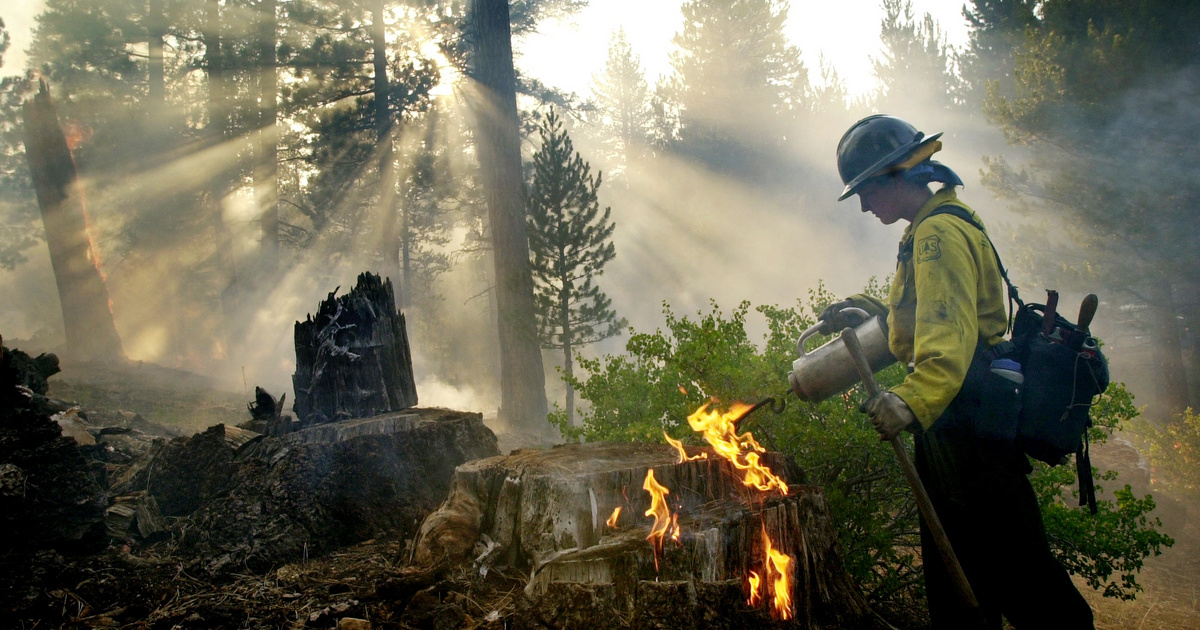Researchers are still finding giant pines burning in Sequoia National Park, California, months after the August 2020 fires that devastated the area.
The burning but still standing tree was found in a low-lying area of the National Park forest this week by a member of the park research team when he noticed a cloud of smoke walking down a path in the valley below. Smoke came from a giant pine in an area that burned last year. The Guardian wrote that the colossal tree, which had probably stood there for centuries or even thousands of years, looked like an incense smoker in the middle of a black forest.
In August, a forest fire of lightning bolt spread throughout the national park, home to trees that have remained standing for more than two thousand years, including General Sherman’s tree, the largest tree in the world.
The fires were burning 610 square miles before firefighters were able to extinguish the flames by the end of December. Although the flames disappeared, some of the coals could have escaped the winter rain and snow inside some of the trees.
The wood interior, combined with the wood-burning stove, provides an oxygen-rich sheltered spot for a permanent bonfire.
However, the fact that the mammoth tree smokes alive from rain and snow for the entire winter is due to California’s particularly dry winters: with the exception of slight snowfalls in the past two winters, extremely dry conditions prevail in most parts of the state.
Experts warn that the unprecedented drought of the state’s plants is premature and devastating Fire season It can bring this year. Giant pine trees (Sequoiadendron giganteum) have a special relationship with fire. For most of the 20th century, foresters worked to protect these ancient trees from fires. But in the 60s and 70s of the last century, something surprising was noted: young seedlings began to develop in the burned areas.
After noticing, this was discovered
Giant mammoths need a fire to release their seeds.
Since giant pine trees need fire, California fire authorities have been an early proponent of controlled burning.
The state’s indigenous people have practiced controlled and controlled forest burning for thousands of years as a form of land management. In the 1960s and 1970s, fires were intentionally lit in Sequoia National Park under controlled conditions, and low intensity fires caused by lightning strikes were allowed to ignite. When the heat of the flame reaches the high branches of the tree, the giant pine cones melt, protected by a sticky resinous layer, and open. MTI stated that hundreds of tiny seeds would then fall to the ground, leaving a nutrient-rich and nutritious ground left over from the flames.












































